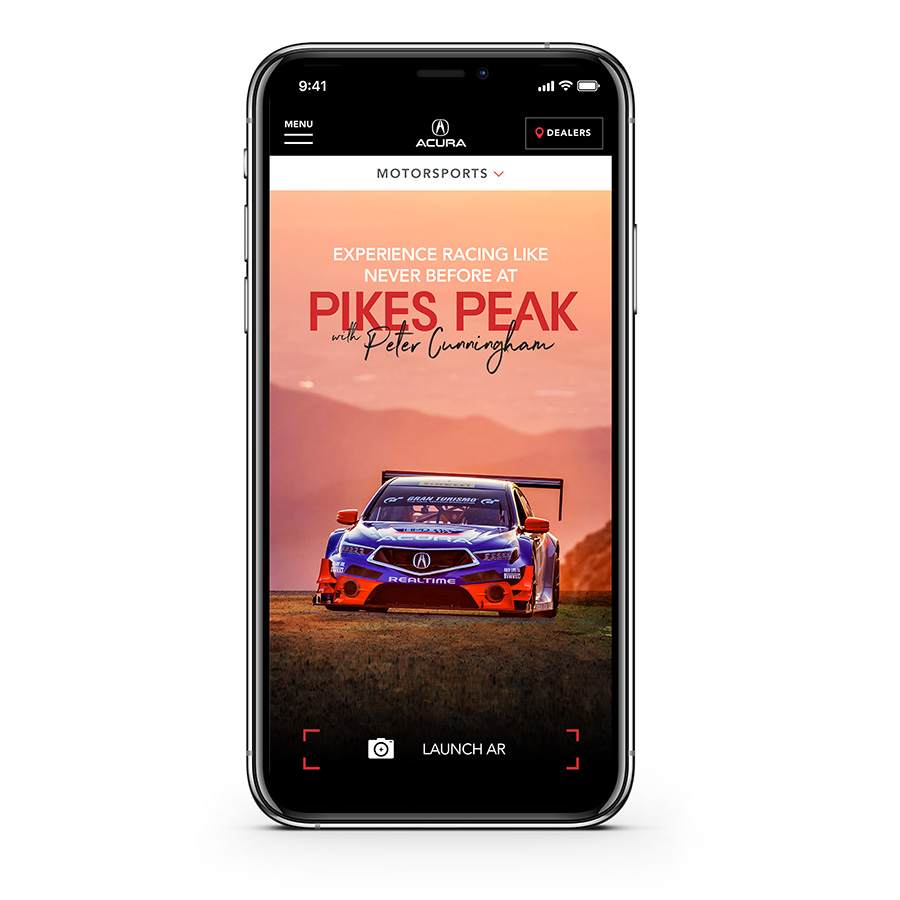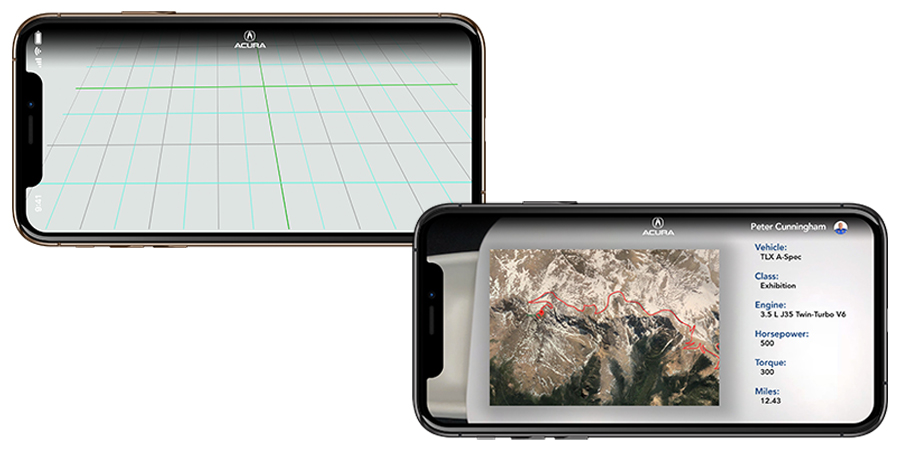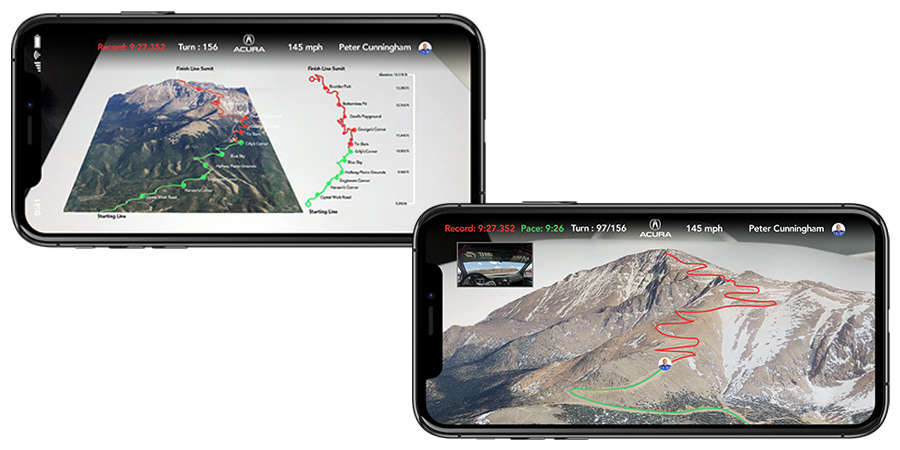Case Studies
Here, you’ll find detailed case studies showcasing my work with industry leaders like Toyota and Cue Health, reflecting my expertise in innovative product design and brand transformation. The Toyota project illustrates my ability to blend cutting-edge technology with user-centric design, revolutionizing the automotive digital experience. Meanwhile, my work with Cue Health highlights my skill in leading a design team to create intuitive, impactful healthcare solutions. These case studies represent my commitment to leveraging design as a powerful tool for storytelling, user engagement, and driving business success.
Cue Test Expansion
Leading Cue Health's design team to a direct-to-consumer model, we expanded services and streamlined purchasing, significantly enhancing user experience and driving an 83% revenue increase, surpassing industry growth. This comprehensive project underscored the vital role of UX in healthcare innovation and market success.
RX Purchase
For the Cue Health RX purchase redesign, the focus was on streamlining the user journey to enhance clarity and reduce friction, leading to a 60% decrease in user cancellations. This redesign emphasized intuitive navigation, clear information presentation, and simplified decision-making processes, which significantly improved user satisfaction and engagement. This case study showcases the impact of thoughtful design on key business metrics, underlining the importance of user-centered design in healthcare technology.
Website Redesign
At Toyota.com, I led efforts to innovate design, exploring new directions beyond traditional aesthetics. This involved thorough research, testing, and ultimately redesigning the homepage, model landing page, owner dashboard, search inventory journey and more. We focused on using storytelling imagery to create a more engaging user experience and humanize Toyota's online presence.
Search Inventory
This redesign not only enhances our ability to offer top-tier recommendations in the automotive industry but also introduces a revolutionary approach to buying and selling vehicles on the website itself. This sets a new standard for user engagement and experience.
Hyundai Elantra
Hyundai's venture into Augmented Reality (AR) with its first AR experience for the new Elantra represents a groundbreaking shift in how customers interact with automotive brands. This innovative AR experience allows users to virtually place the Elantra in their driveways or on their desks, offering the ability to scale the vehicle to true-to-life size or down to a compact model. The immersive nature of the experience doesn't stop there; users can step inside the virtual car to explore the intricate details of its interior, experiencing the design and craftsmanship up close. The flexibility to modify the exterior color and rotate the vehicle for a 360-degree view adds another layer of personalization, letting customers truly visualize the Elantra as part of their lives. This leap into AR technology has significantly enhanced brand engagement, offering a novel way for customers to connect with the Elantra, and set a new standard for the customer experience in the automotive industry.
Acura Motorsport
In my proposal and design, I showcased an augmented reality (AR) experience centered around the iconic Pikes Peak race, enabling users to virtually follow the race through an innovative AR lens. This concept was designed to allow users to virtually place the racetrack on any surface, and then witness the race unfold in AR, bringing the adrenaline-pumping action of Pikes Peak directly to them. Acura, known for its emphasis on precision performance both on and off the racetrack, served as the perfect backdrop for this AR experience. The design focused on capturing the essence of racing, acknowledging the fleeting nature of these moments, and aimed to give fans not just a view, but an in-depth exploration of the race. It included detailed statistics about the cars and drivers, insight into racing strategies, and even a simulated driver’s seat perspective, offering a comprehensive window into the racing world. This experience was envisioned to extend beyond mere observation, allowing fans to interact with Acura vehicles within this virtual setting, thus bridging the gap between the thrill of the race and the innovation of AR technology.







